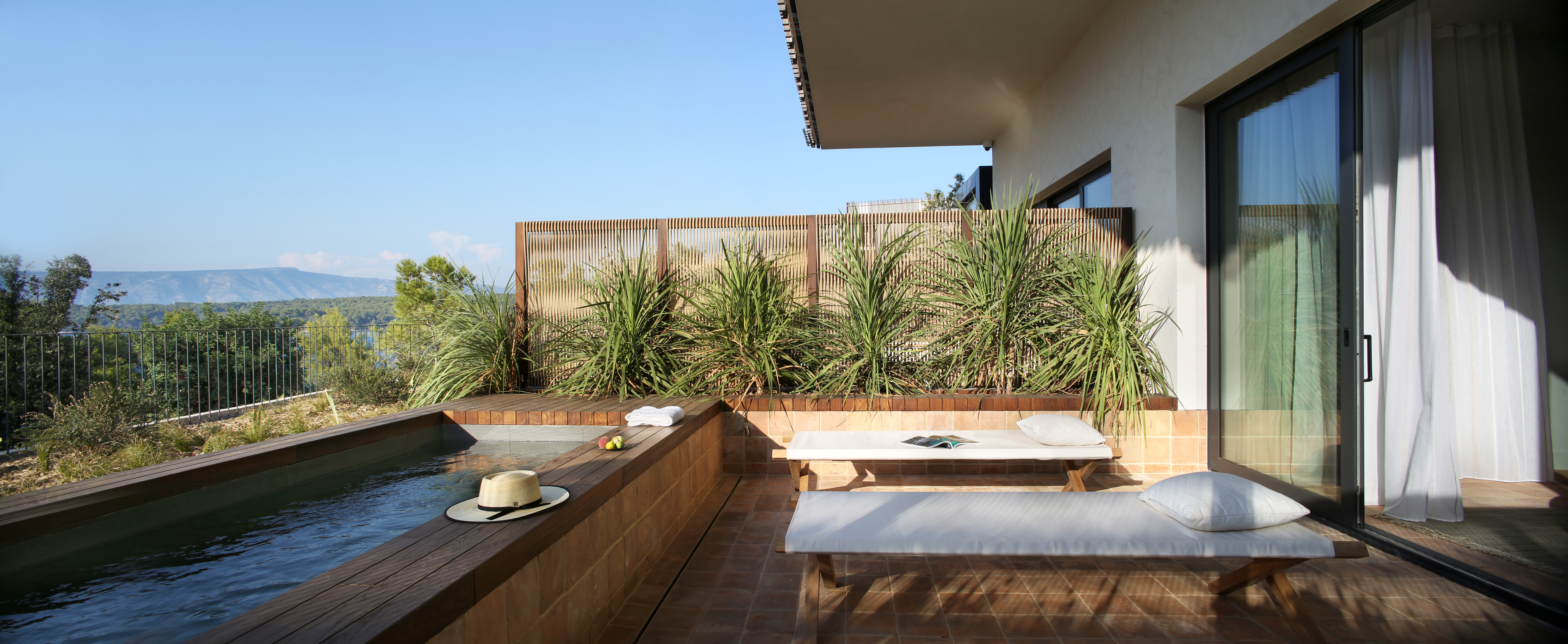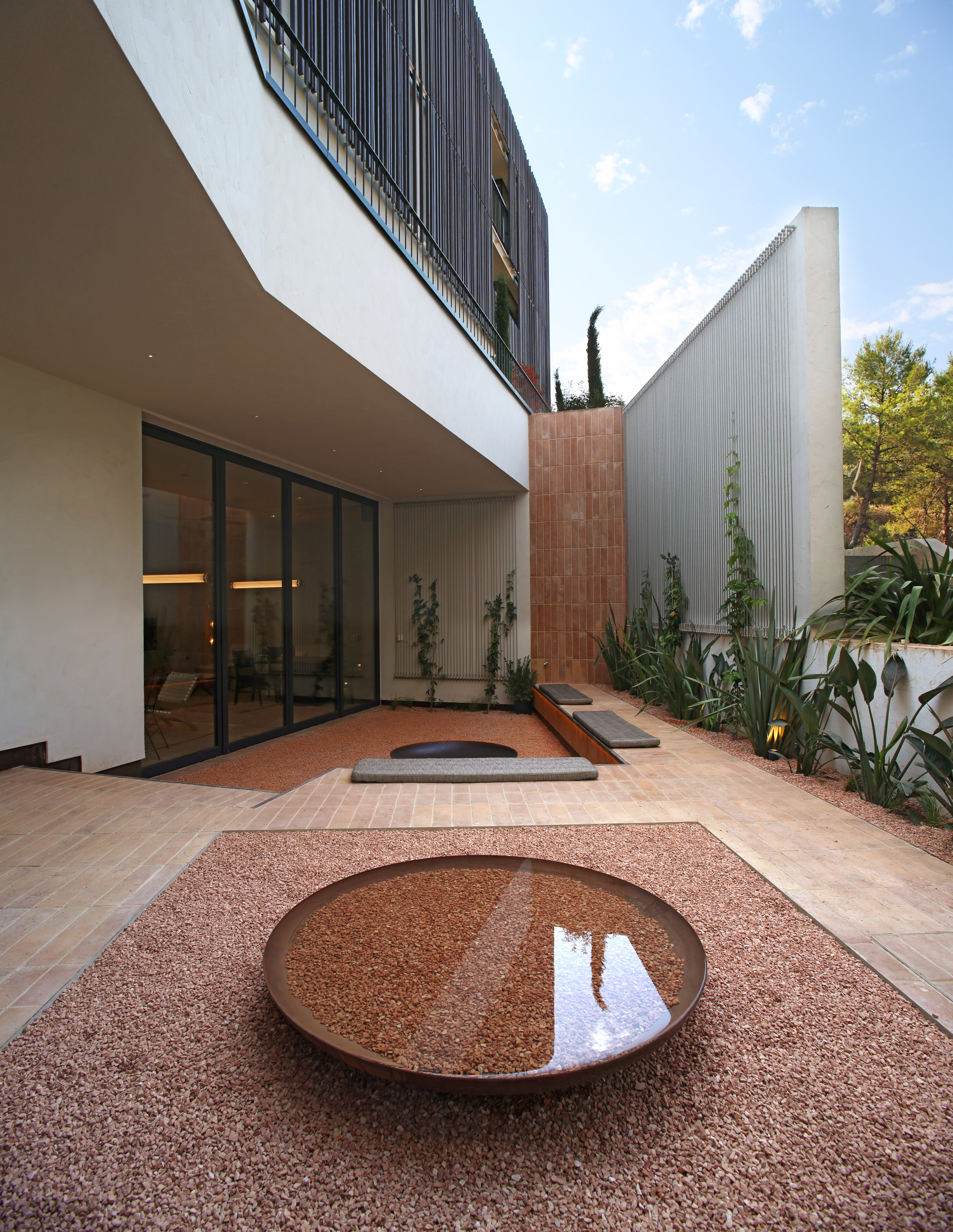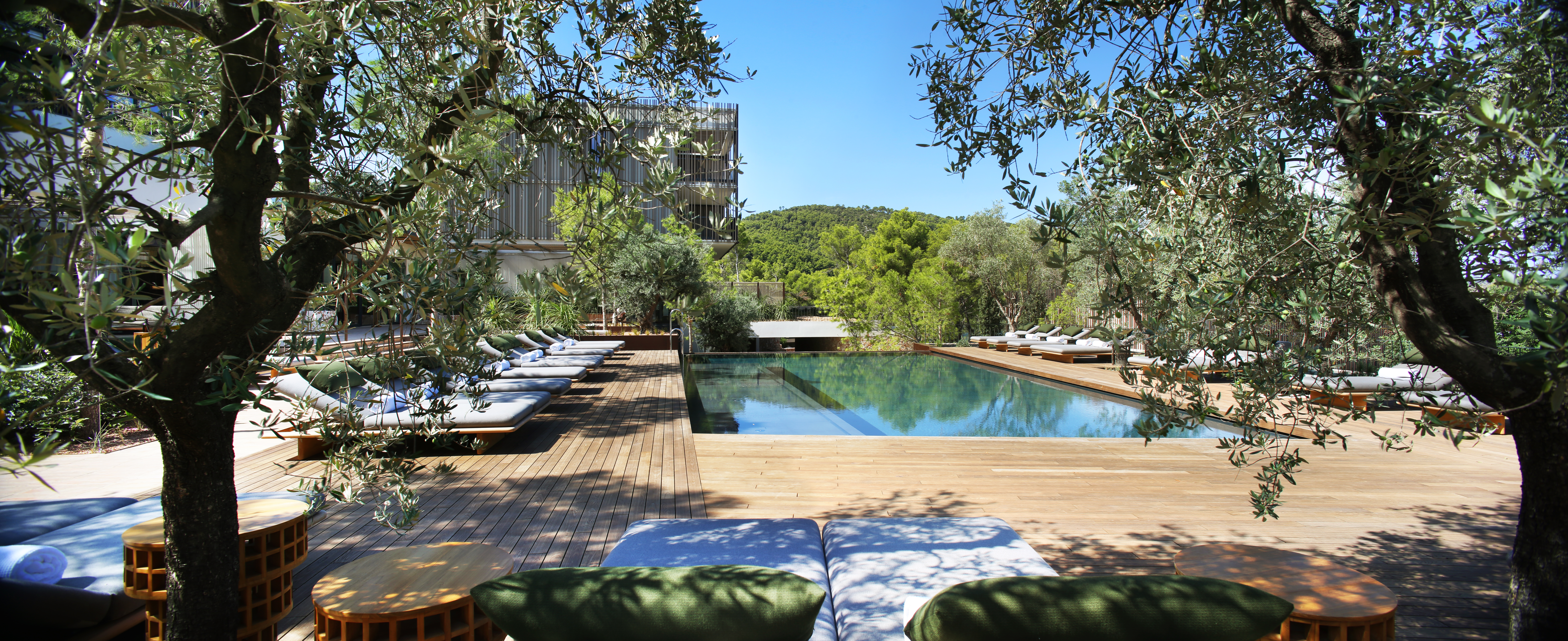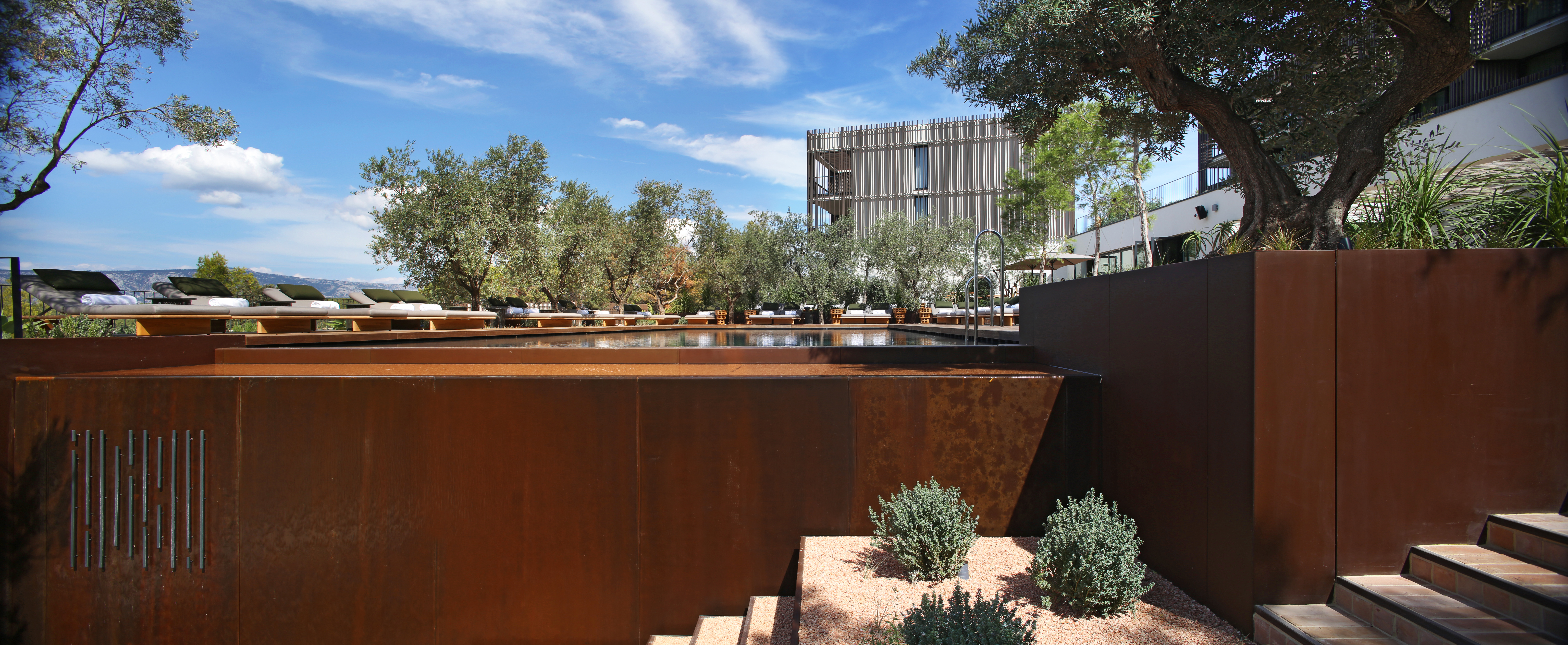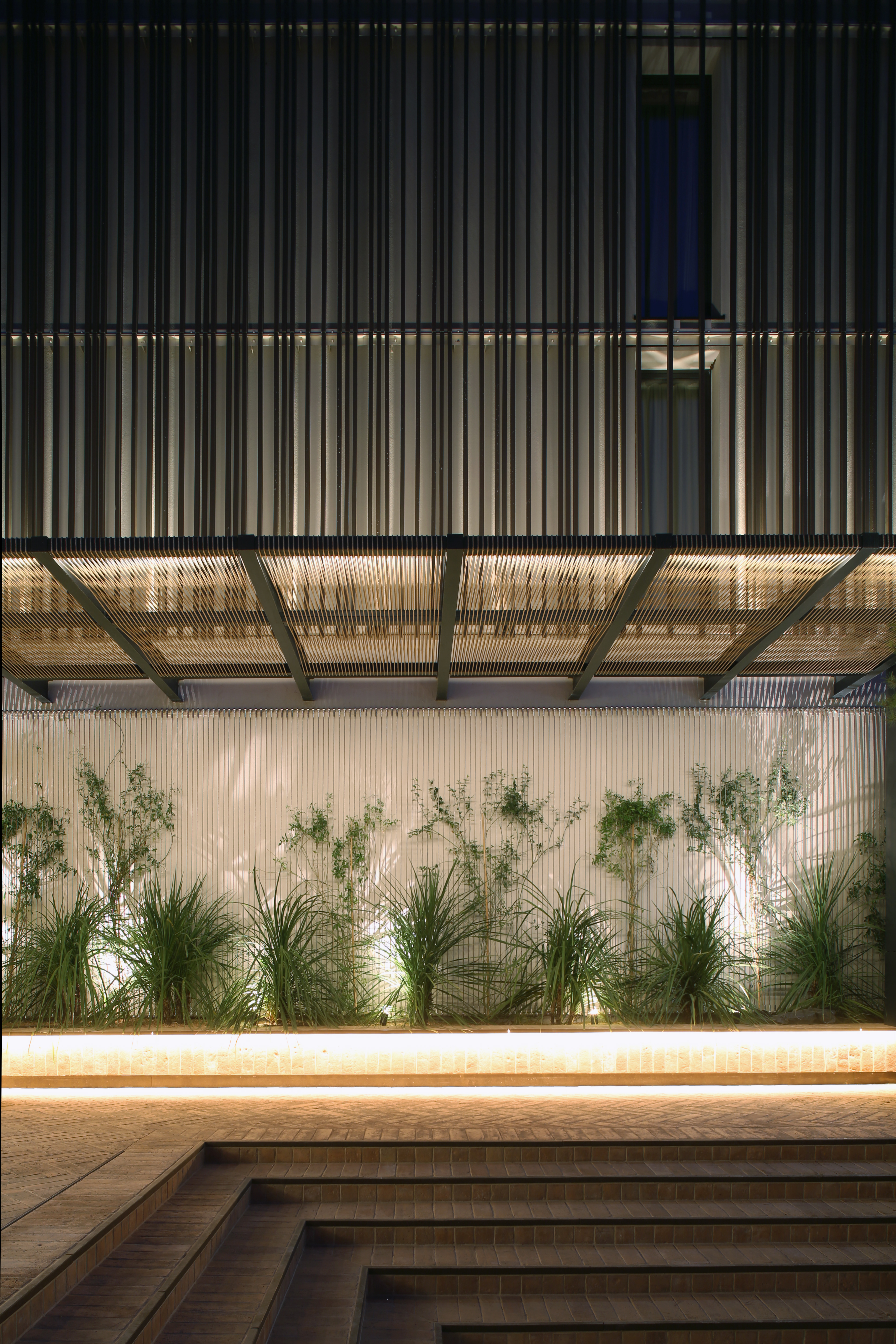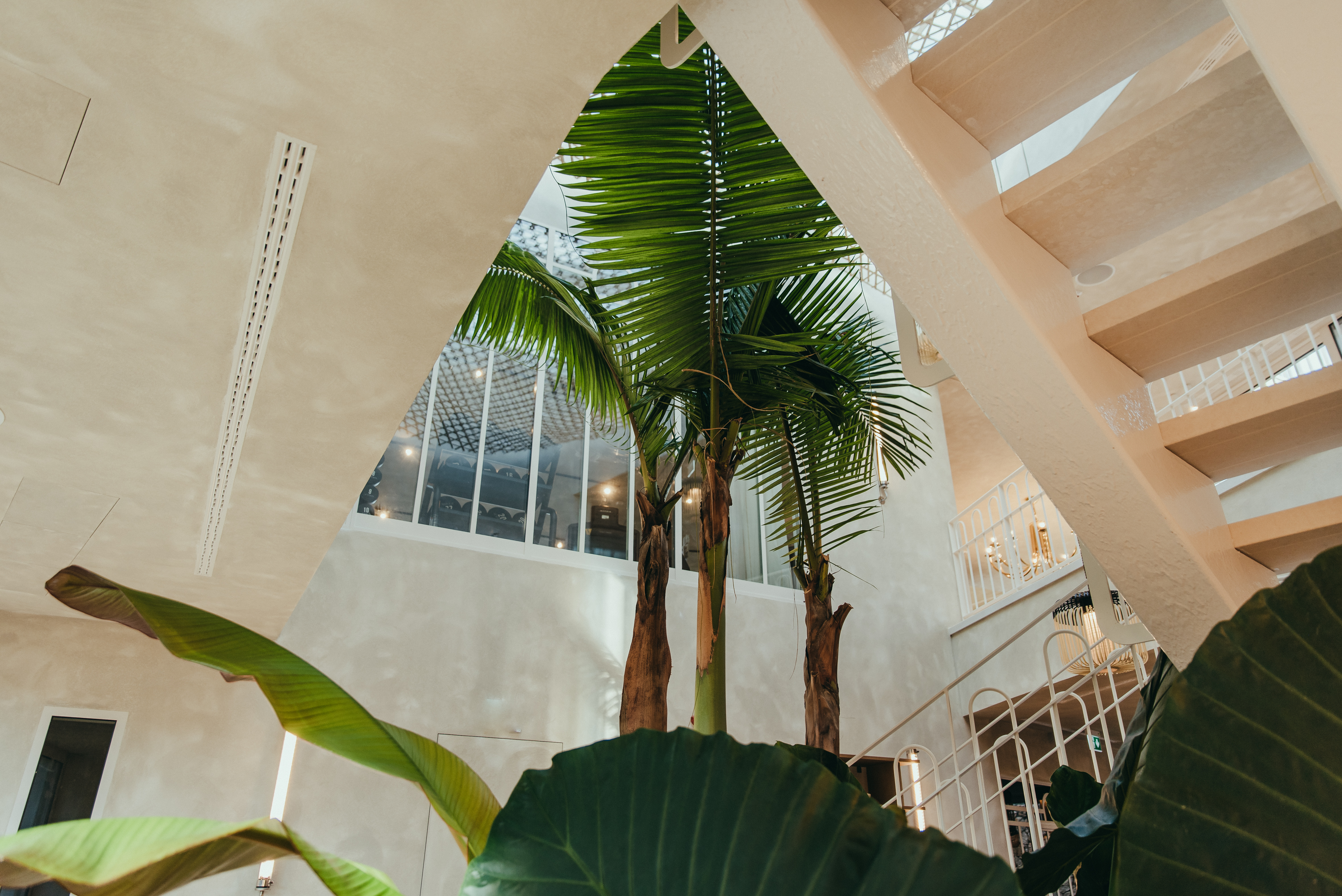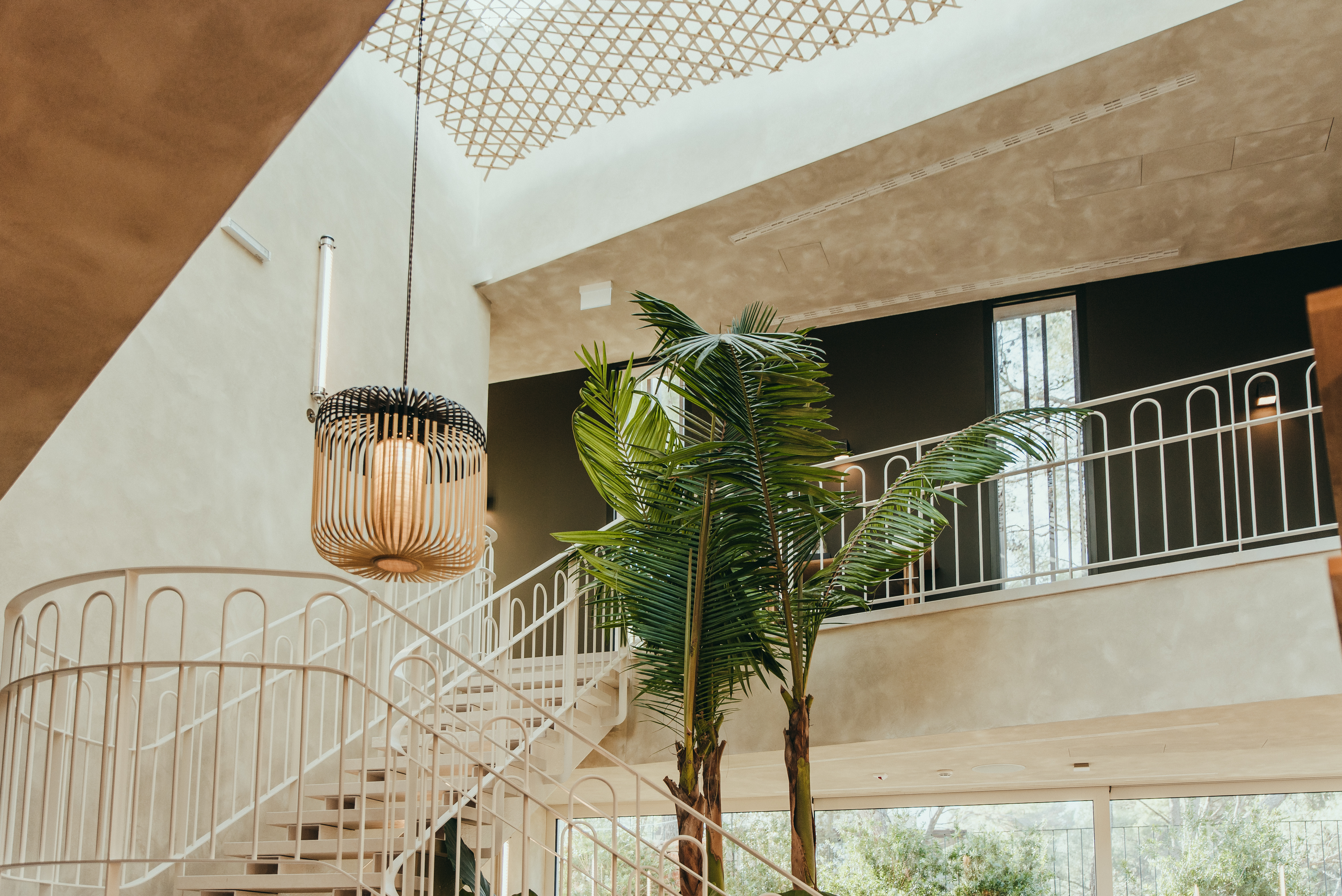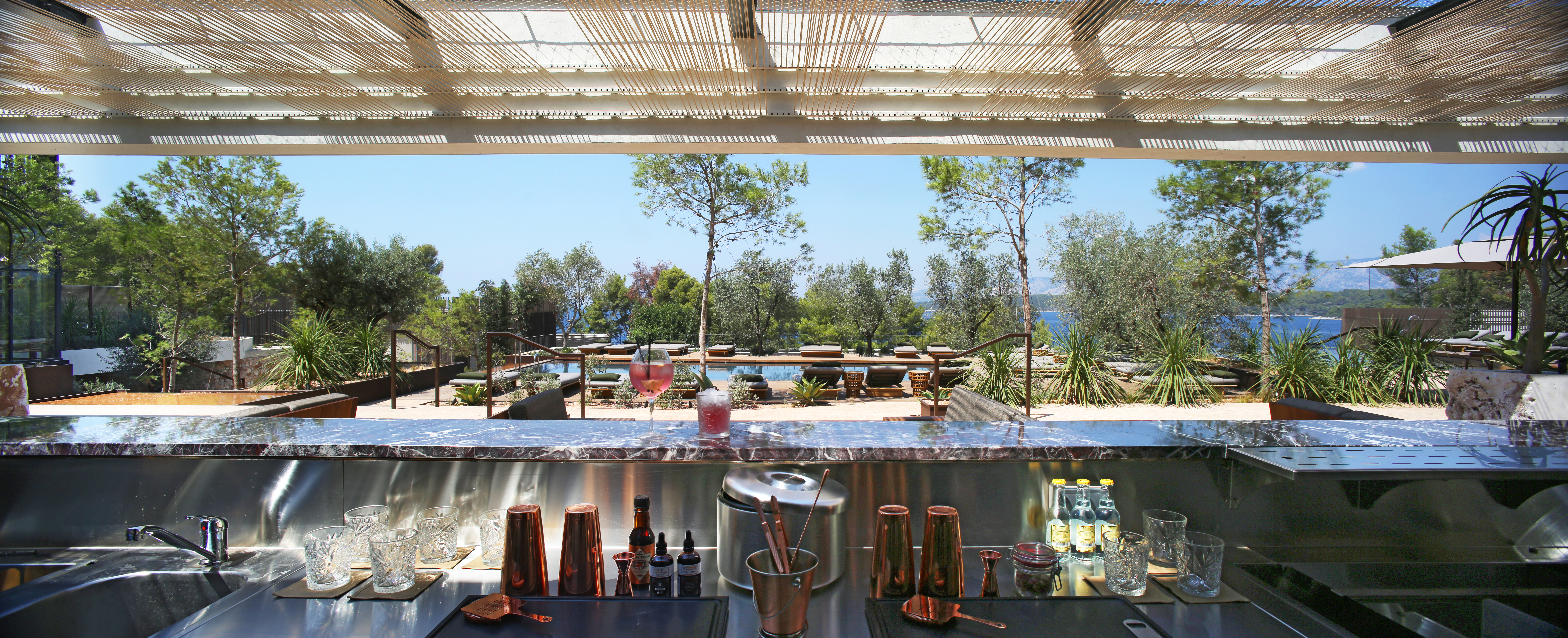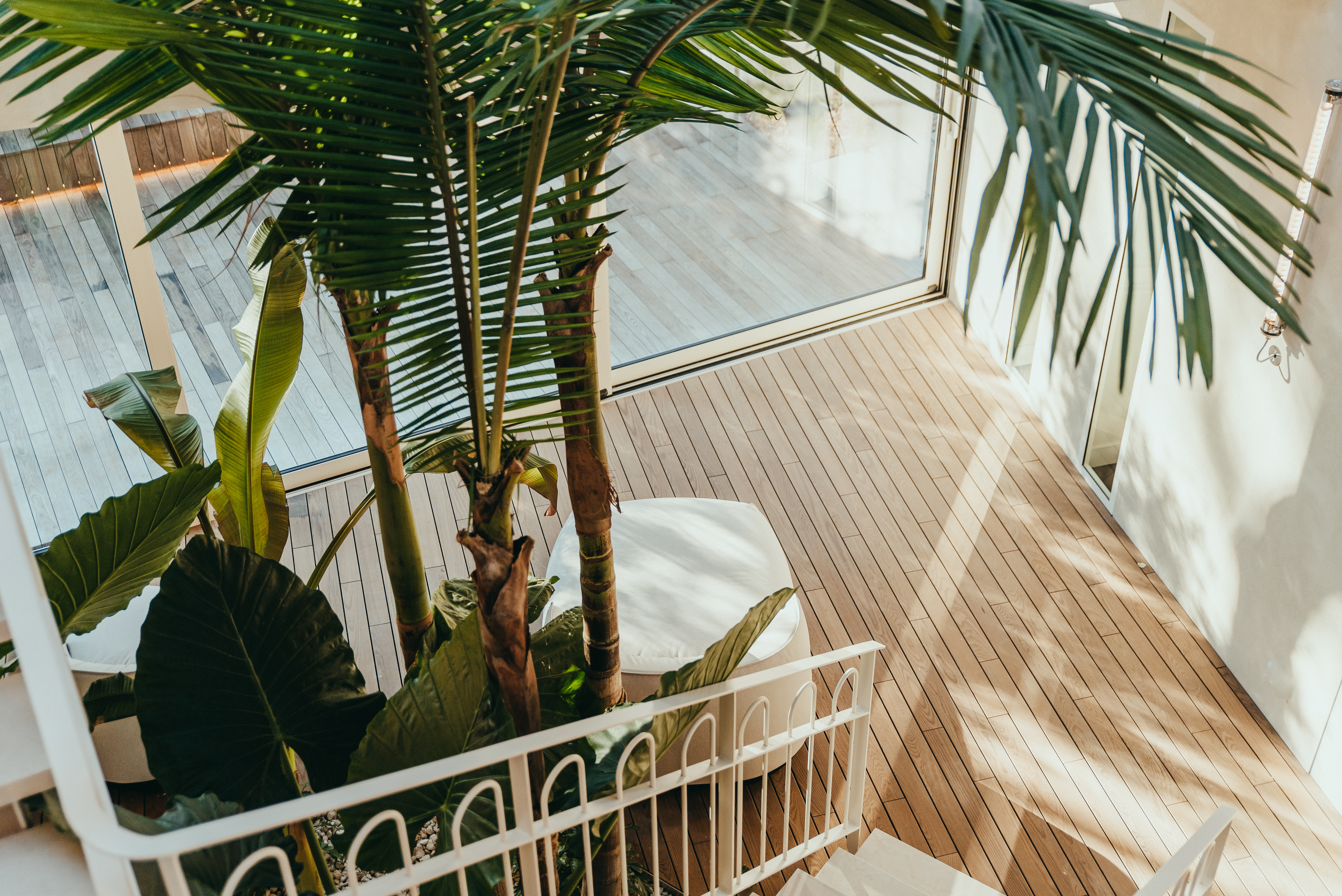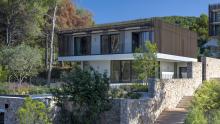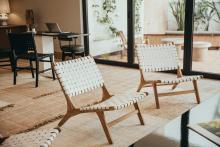Meet Thomas Seconde, the Man behind Maslina’s Grounds
Thomas Seconde's love for landscaping developed during his studies in art school. Wanting to merge his passion for art and plants, it was only natural that he would become a Landscape Architect. After studying space design, it was at the National School of Landscape Architecture in Versailles that he developed his passion for creating landscapes.
Following his studies, Thomas sought to enrich his experience by working in different agencies and design offices. His desire to develop his own landscapes pushed him to create his first agency with two collaborators in 2008. Two years later, Thomas opened AC&T with partner Anne-Cécile Freyburger.
AC&T welcomes a different range of projects, from urban planning to private hotels and public buildings. AC&T’s resume includes big-scale designs with different approaches to more detailed and polished projects for hotels. Some of the studio’s notable work consists of a metro line station for the Grand Paris Project with famous Japanese architect Kengo Kuma, as well as two Relais & Chateau hotels in the Champagne region.
Where did Thomas find the inspiration for Maslina Resort’s landscape?
“The first thing we saw when we arrived on the site was that it was quality already. You feel something when you are there. I was blown away by the view over the Adriatic Sea and the way the sound moved from the sea into the forest. We wanted to keep the image and the feeling that was already in place, and luckily, the investors agreed. Giving back to the site was most important for us, and it was clear to me that I needed to keep this warm and wild feeling of nature intact for Maslina’s guests.
We tried to combine the necessity of what a 5-star hotel requires with the beauty and aesthetic of the land. In a natural setting, you see beauty. But when you add something like a luxury hotel, that natural beauty could change. So, we needed to adapt and try to use the same elements to redefine the landscape and make sure it worked with the new setting.
We tried to use native and local species and keep the language that was already in place. We produced some plants in a special nursery that we were not able to find in Croatia. They were produced especially for the site, as we wanted to continue to re-integrate them at Maslina.
The Aleppo pine is very invasive because it is everywhere. In a way, it is not famous here because it is all around. We chose to keep the Aleppo pine because it is a light, graceful and local tree. It extends the current landscape while providing a light shade
We wanted to keep the Mediterranean vegetation, especially for the gravel gardens. The gravel garden combines the technical issues of where they are located with the local Mediterranean vegetation that needs this kind of environment to grow. The architectural constraints are ultimately very compatible with dry gardens, which need very little soil and water to survive.
Ultimately, we wanted to have a natural garden feeling in the middle of nature. We didn’t want the gardens to look manicured; we wanted to preserve the original wild aspect.
We tried to combine the texture of the leaves, the colors of the flowers, and the seasons, like a painting palette. We have a contrast with the materials like corten, terracotta, and wood, which is the same color as the natural soil and rocks, or very red. Aromatic plants and Mediterranean plants, on the other hand, are green and grey.
For the Spa, we worked with the color of the leaves, which have hints of red, orange, and green. We wanted the Spa to exude the same feeling, but look slightly different.
There is a strong love affair with nature as the color palette moves from darkness to lightness, with a tonality of grey and yellow-green. This landscape is very typical of our relationship with the sea.”
What makes the landscape at Maslina Resort unique?
“The base of the plantation is very local. We reused the pine and mostly everything that is already on the island.
The roof garden, or green terrace, offers very special conditions, so it is perfect for a dry garden. And the dry garden is perfect for aromatic and Mediterranean plants. This planting palette flows with the senses.
At the beach plot, we have an aromatic dry garden and produce plants there that will be used for the Spa, like the herbs that will be used for the oils. We have kept the olive trees at the beach plot as the main structure and base, though we have implemented some new olive trees there as well.”
How does the landscape complement Maslina’s architecture?
“The overall idea for the landscape design was to be the most unique as we could while recreating the local feel.
The landscape is unified with the colors of the materials. We wanted to plant as much as possible to cultivate that feeling we had when we were there the first time and make it appear as natural as possible.
We surveyed all of the trees on the plot and found ways to preserve and protect them, which was a lot of work. Our overall goal was to make sure that we honored the natural world already in place, and kept our design in line with the philosophy of the investors, the architect, and the interior designer. We all shared the vision that the hotel should invite guests on a journey into the wild landscape.”


